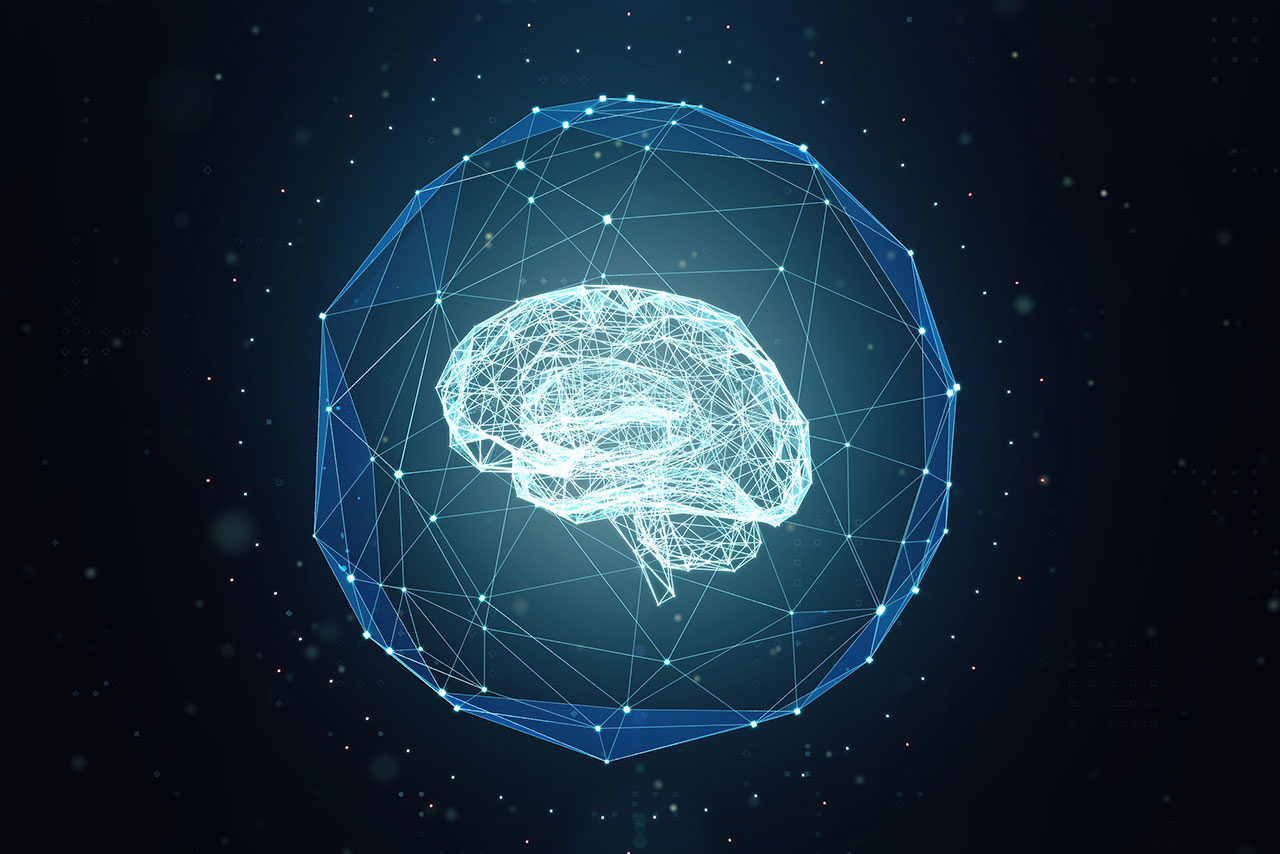You wake up. Your first port of call? The bathroom. You stop at the mirror to check if any new spots appeared overnight. The mirror recognises your irises and displays a motivational quote. As the quote appears, your bathroom sound system switches on and plays ambient rainforest sounds. Your shower starts running. You step inside. It’s going to be a good day. Sound like a movie? With the convergence of machine learning and IoT (the internet of things), our lives could start running more seamlessly than we ever imagined, thanks to smart technology.
What is IoT?
The term IoT, or “the internet of things” was coined by tech innovator, Kevin Ashton in 1999. In the broadest sense, IoT refers to the interconnectedness of devices that “communicate with each other.” The computers that we have come to know and use in the twentieth century, are essentially “brains without senses” in that they only “know” what humans tell them. They are wholly reliant on a specific kind of input from humans in order to function. Smart thermostats that maintain the temperature of a space at an optimum level, are just one example of how IoT is taking shape in the world as we know it. These kinds of inventions are changing the way we interact with each other and the world around us.
What is machine learning?
Writer, Daniel Faggella explains (on behalf of Tech Emergence) that machine learning “is the science of getting computers to learn and act like humans do, and improve their learning over time in autonomous fashion, by feeding them data and information in the form of observations and real-world interactions.” In the consumer electronics arena, machine learning means that smart devices can learn human preferences and make “decisions” based on repeated human behaviour over time.
A different perspective
Software developer and data scientist, Shayaan Jagtap argues that the move towards the convergence of IoT and machine learning can be explained visually as a simple shift. What the world has grown accustomed to, can be represented like this:
 Source: Towards Data Science
Source: Towards Data Science
In this scenario, we are used to smart devices that make our lives easier. Our fridges for example can be programmed to operate at a the ideal temperature in different parts of the fridge, to preserve certain types of food. We can connect our television to our smartphone at the touch of a button and use it as a remote control. We have grown accustomed to smart technology. But think about it – the common denominator, is humans. We programme our devices manually and tell them how to operate. What we are moving towards in the future, is something that looks more like this:

Source: Towards Data Science
In a reality where IoT and machine learning meet, our smart devices will “talk” to each other. As Shayaan Jagtap puts it, it is a world, “independent of human error.”
The Comparison
Taking the lead from an article written on the subject by Jagtap, let’s look at how the convergence of IoT and machine learning can affect the way we live.
Scenario 1: IoT
17:15 PM: I get into my car. It’s a blustery day outside so I turn on the heater function for the drive home.
18:00 PM: I’m not sure what to make for dinner so I use an app that suggests a recipe based on which ingredients I have in my fridge. I decide on the recipe and wait for the oven to warm up.
18:15 PM: While my meal cooks, I set my electronic egg timer to time the meal. The timer displays digital information on the progress of the meal, taking readings from the food thermometer that I inserted into the oven.
18:30 PM: I turn on the chill setting on the water container in the fridge with a remote.
18:45 PM: Dinner is ready, and so is a glass of fresh, cold water. I sit down in front of the television to enjoy the meal – it flips to the channel I programmed in for 18:45 PM. Life is good.
Scenario 2: IoT with machine learning
17:15 PM: By the time I get into my car, it has already recognised that my work computer has been turned off for the day and has heated itself to the optimal temperature based on my preferences in relation to the temperature outside.
18:00 PM: As soon as I get home and open the fridge, my smartphone automatically scans the fridge and notifies me of a possible recipe using the ingredients I have. As soon as I select the recipe, the oven turns on automatically and begins to warm up to save time. When the oven turns on, the water container in the fridge activates its chill function. The oven knows exactly when the food has been cooked to perfection and notifies me when it’s ready.
18:30 PM: Dinner is ready, and so is a glass of fresh, cold water. The television turns on automatically when it detects my irises and flips to my favourite channel. A message in the corner of the screen reminds me to take my after-dinner meds. Life is even better.
Siri, Cortana, Gmail’s predictive text, Uber – these are all examples of the level of machine learning that we enjoy today. Our devices are becoming extensions of who we are and how we live. At the meeting place between IoT and machine learning, is a world of possibility for the seamless integration of our devices and our everyday lives. The more we learn about our devices, they more they “learn” about us. With the fourth industrial revolution well underway, these are the kinds of developments that will help us take the next step in human evolution.
Want to know what it is like to work at the forefront of the industry that is changing the world? Ask us about how you can jumpstart your career in development. We’re eager to connect with you.


